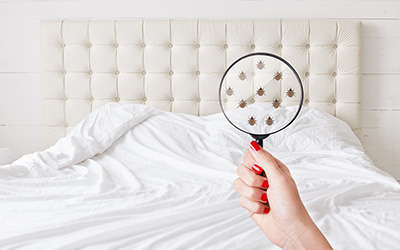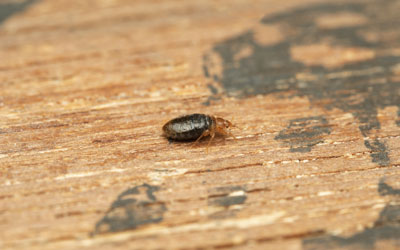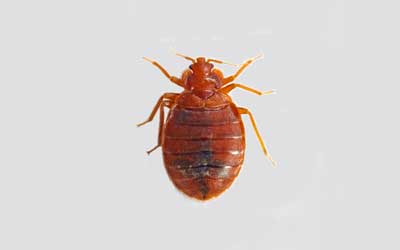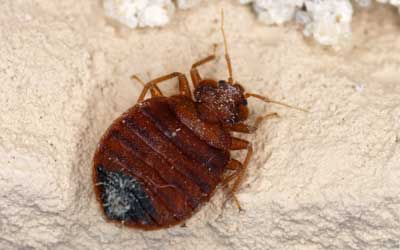Are you counting down the days until you leave for your next vacation? Amidst the excitement of visiting a new area and experiencing new cultures, many people often overlook one major concern— a bed bug infestation in your hotel or Airbnb. Bed bugs are like tiny hitchhikers that will sneakily hitch a ride back to your home on your clothes or luggage. Bringing home bed bugs can be an unpleasant experience and should be handled by a professional extermination company like Leo's Pest Control. This guide will discuss signs of bed bugs in your hotel and how to check for bed bugs in your Airbnb or hotel, preventing these unpleasant souvenirs from coming home with you.
Bed Bugs While Traveling
Bed bugs are known to be extremely sneaky, hiding in tiny spaces and surviving for long periods of time without food. This allows them to often go unnoticed in your luggage, clothes, or personal items, hitching a ride back to your home. Whether you are staging in a hotel, Airbnb, or at the home of a loved one, bringing home bed bugs can be a real concern.
After they have found a comfortable hiding spot in your belongings, bed bugs will go unnoticed until they begin to reproduce and spread once you have returned home. A few bed bugs can rapidly become a large infestation, leading to itchy bites, a disruption in your sleep, and increased stress as you fight these resilient pests.
How to Check for Bed Bugs
It is important to take precautions to prevent bed bugs while traveling. Understanding and checking for signs of bed bugs in a hotel or rental is extremely important in stopping the spread of bed bugs. When you check in to your accommodations, follow these few steps first to ensure your home for the night is bed bug-free:
- Examine Bedding: Before you plop down on the bed, check the blankets, mattress seams, and box springs for signs of bed bugs. If you see reddish-brown bugs, tiny white eggs, skin casings, and small black stains (fecal matter), there is a good chance the room is infested with bed bugs.
- Check upholstery: If there is a bed bug infestation, you can often find signs of bed bugs hiding in small cracks or crevices of furniture, headboards, and nightstands.
- Protect your belongings: Use the elevated luggage racks to keep your luggage off the ground and bed. When you return home, thoroughly inspect your belongings outside and look for signs of bed bugs.
- Securely store clothes: Keeping clothes and personal items in plastic bags will prevent bedbugs from infesting your items and coming home with you.
- Use a flashlight: A flashlight will help you inspect the dark corners of your hotel or rental for signs of bed bug activity.
How to Stop Bed Bugs from Hitching a Ride
No one wants their travel memories tarnished with the nightmare of bringing home bed bugs. By following these few steps, you can prevent bed bugs from coming home with you:
- Store your items and clothing in plastic bags or packing cubes to block bed bugs from infesting your belongings.
- Swap your soft fabric luggage for a hard-shell suitcase. Hard-shell suitcases have fewer areas for bed bugs to hide in and are easier to keep clean.
- Make sure to wash all clothing in hot water, even pieces you did not wear, in hot water. The hot water will kill any bed bugs and their eggs.
- Once you return, vacuum and clean your luggage and inspect it for signs of bed bugs before you bring it inside your home.
Prevent Bed Bugs with Leo's Pest Control
Sometimes, even if you have vigilantly checked your Airbnb or hotel for bed bugs, these elusive pests can still make it home with you. If you have a bed bug infestation, it is essential to seek the help of a professional pest control company immediately before a small infestation becomes a nightmare. At Leo's Pest Control, our technicians have the knowledge and expertise to effectively eliminate bed bug infestations and keep them away for good.
Contact Leo's Pest Control today so you can enjoy your travels worry-free.





